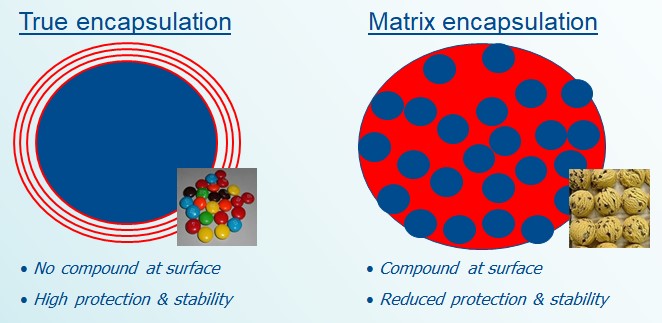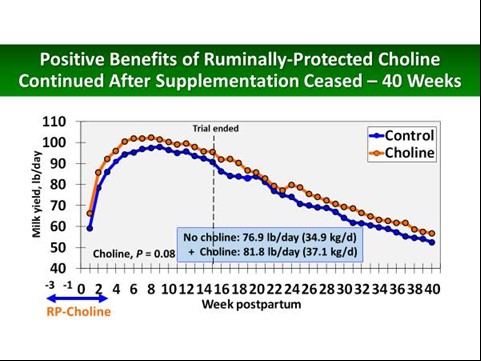Managing the health of the liver is a “Chicken or Egg” dilemma.
The best course of action is to start off with the assumption that you will need to spend a few weeks treating the liver with a product that will result in a clean fully functioning healthy liver.
You cannot tell if a cow has a fatty liver issue simply by looking at the condition of the cow!
I am not ignoring potential liver fluke or copper issues but focusing on the fatty deposits in the liver.
The liver is the key organ in the body for energy metabolism.
Liver Function
The liver is a fantastic organ; it has a fundamental role in processing the following nutrients:
Fats, Sugars, Starches, Fibres, and Proteins.
So it’s pretty vital then!
The livers main role is transforming energy from these nutrients into a form where it can be moved around the body to all the sites where it is needed.
It is also responsible for the synthesis of non-essential amino acids and getting rid of excess ammonia by detoxifying into urea.
It therefore follows that if the liver gets clogged up with fat deposits it doesn’t function as efficiently, and problems associated with energy deficit are harder to solve for example fertility and milk production.

The trade has succeeded in flooding the market with a whole range of products deigned to keep the liver healthy or treat the liver in a way that cleans the organ of excess fat and promotes better function.
But what should you choose to treat the liver in the first place?
This dilemma is hotly debated, lets take a product like LiFT for example. Cargill, (who make the product) have produced a complex formula that contains a number of nutrients that have a proven effect on improving liver function.
Balchem have promoted ReaShure a pure and simple protected choline product.
Both manufactures claim that their products will give a good return on investment by aiding the mobilisation of fat deposited in the liver and thus improving its function.
But there is a debate over whether a full dose of choline (ReaShure) for 3 weeks before calving and preferably another 3 weeks after will give a better result than a product like LiFT which contains a broader spectrum of liver aiding nutrients at a lower dose.
Both companies have published trial data that shows a good response and return on the investment in each product.
Cargill also have another product in this arsenal, “Turbopro“. This is a complex product made up of liver function enhancing B vitamins (including palatability enhancers to encourage intake and Biotin (another B vitamin) to improve feet and help prevent lameness.
I quite like the idea of using Tubopro from the start of lactation or from 21 days as a liver maintenance agent right through the lactation.
I personally think that the initial approach to treating fatty livers in the dry period is best served with a full dose of ReaShure rather than a complex product.
I have discussed this with some of my associates and have to say that there is no clear consensus.
I guess you could play it either way!
Lakeland-Scottish Feeds & Services can supply any of the products listed below.
The answer is elusive but there is a clue in the cost of the treatments :
Reashure costs 42 pence per day or £8.82 for the close up three weeks.
LiFT costs 22 pence per day or £4.62 for the close up three weeks.
Turbopro costs 12.5 pence per day and is easily justified by maintaining the rewards provided by long term liver health!
- F 1 Elevator
This product is used in the close-up diet to trigger liver function, it is a blend of Glycerol and Mono-Propylene Glycol with a unique flavour added. It will provide a significant dose of energy just when the cow needs it.
F 1 Elevator also has a major effect on optimising appetite during this critical part of the dairy cow cycle.
F 1 Elevator is not a product that can reduce fat deposits in the liver. (It can be described as “More like taking it to the gym for a workout and improving its workload!”)
Feeding elevator is recommended only as a top dress product added (usually via a watering can).
The reason for this is that by exposing the digestive system to a significant dose of this very highly available energy source, the liver will be stimulated into a more vigorous response than the normal TMR would provide.
In simple terms “It is a kind of kick start”! This technique helps to improve the effectiveness with which the liver functions in general and the net result is a general improvement in energy metabolism.
The daily dose is 250 to 300ml costing 4.4 pence to 5.25 pence per day or 93 pence to £1.10 pence for 21 days.
We recommend that you continue to feed this to cows in the recovery pen and up to 21 days post calving if possible.
Proactively Manage Transition with ReaShure
The UK Dairy Sector is increasingly recognising the importance and financial returns associated with proactively managing transition.
The implications of getting it wrong on the profitability and general well-being of your herd can be significant, and feeding Reashure (Rumen Protected Choline) at this time will result in a healthier herd, improved fertility and increased milk yields/components throughout the lactation.
So, what is the problem?
- All cows at calving will enter a period of ‘negative energy balance’ where the energy supply cannot meet demand.
- During this ‘transition’ period, NEFFA’s (free fatty acids) are mobilised from her back and taken up by the liver, and it is how she responds to this challenge that determines the success or otherwise of her transition into lactation.
- As lactation begins, the cow’s choline requirements rapidly increase to ensure that these NEFFA’s are processed and packaged in a positive way as VLDL’s (Very Low Density Lipoproteins).
- However, the majority of dairy cows are deficient in choline at transition because most of dietary choline is degraded by the rumen microorganisms and her body can’t make enough to meet requirements.
- This can, therefore, lead to fatty liver syndrome or even full blown ketosis, which, even at sub-acute levels, will have significant knock-on implications for the cow’s health, milk yield and milk quality throughout her lactation. This will, therefore, have a significant impact on profitability.
Why Protected Choline?
ReaShure has a very high level of rumen protection.

Choline facilitates the export of fat from the liver to the mammary gland where it is used to make milk. It also supports the metabolism of NEFA to energy for use by the cow to maintain body condition.
Put simply, it enables the cow to process NEFA positively (for energy and milk), rather than negatively (ketone bodies and fat) which would result in ketosis and/or fatty liver.
This justifies a case for feeding a “holding” dose of supplementary protected choline right through the most productive stage of lactation for high output cows. I believe this is justified for most cows certainly for the first 6 months of lactation and probably right through to drying off.
The benefit would be justified by extra production of yield and milk solids and a cow that would be unlikely to have a fatty liver at drying off. This is where a product like Turbopro would fit into the feed program really well.
Rumen protection is critical to ensure that the choline is not being degraded by the rumen and the cow receives the dose that she requires.
ReaShure is a highly effective rumen protected choline. It’s cutting edge rumen protection technology ensures that the cow gets exactly what she needs further down the digestive tract.
So, how do I feed it?
- ReaShure is fed at 60g per head per day. We have made life easy by providing a simple measuring jug calibrated in single cow doses.
- Ideally 21 days pre-calving and 21 days post-calving.
- If fresh calves aren’t managed separately, choline should just be fed for 21 days pre-calving.
- Reashure is backed by extensive science with 31 published trials.
But, it’s expensive isn’t it…?
Well, no actually.
It is only fed for a very small proportion of the cow’s lactation (maximum of 42 days) and recent research demonstrates that, not only does it generate a faster and more productive transition, the milk yield benefit (averaging an additional 2.2 litres/cow/day) can be sustained over the whole lactation.
Costs
First 21 days (to calving) £9.00p (£8.82)
Return 60% 0f 2.2 litres for 305 days =402 litres @ 25.5p per litre = £102.66p
Full 21 days + 21 Days Fresh £18.00p (£17.64)
Return 100% of 2.2 litres for 305 days = 671 litres @ 25.5p per litre = £171.10p
At this return on investment coupled with the associated benefits of managing the risks attributed to ketosis and fatty liver, can you afford the financial and ‘herd management’ cost of not feeding it?

